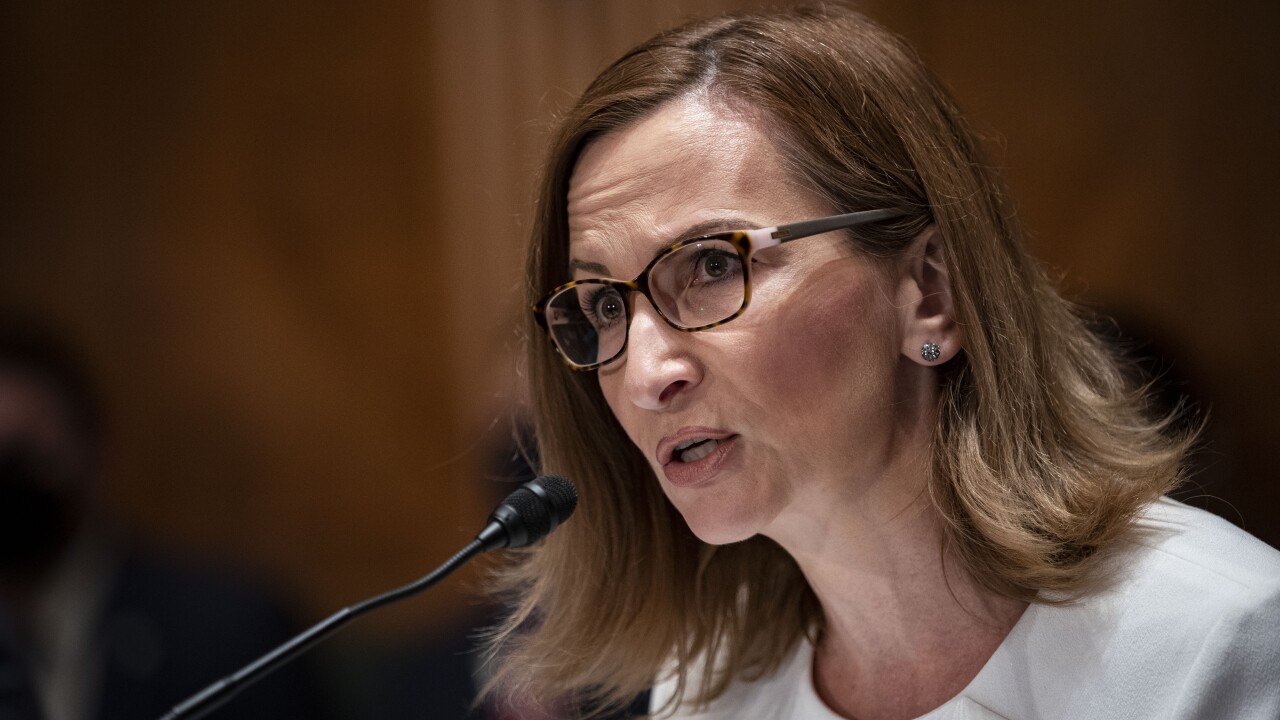Despite a surge in EMV debit card issuance this year, the vast majority of debit transactions are magstripe or card-not-present payments, according to Pulse.
Three quarters of debit cards will have chips by the end of the year, compared to just 33% of debit cards at the end of 2015, reported Pulse, Discover's debit network. Despite that growth, 89% of debit transactions in January were magnetic stripe or online transactions, said Pulse, adding only 4% of debit transactions were chip cards used at chip enabled terminals.
Pulse commissioned Oliver Wyman to conduct its 2016 Debit Issuer Study, the 11th installment in Pulse's look at debit usage.The study attributes this to slower adoption among merchants than was originally anticipated. The debit EMV migration was delayed by
"It's not a simple proposition for merchants, and in the U.S. it's a little more complex than the implementation overseas," said Anne Uwabor, vice president of content marketing for Pulse.
There are some signs of progress, as chip debit transactions are growing at triple-digit rates year over year, according to Pulse.
"It's the classic chicken-and-egg thing that is common in payments," Uwabor said. "You have to have the cards to make payments, but the terminals also have to be enabled."
The story is similar for mobile payments—lots of technology support but limited use in the market. By the end of 2015, two thirds of issuers had debit cards eligible to be loaded into a mobile wallet, double over the year before. Cardholder usage is still low. In January 2016 Samsung Pay averaged 1.8 transactions per enrolled debit card per month, Android Pay 1.7 and ApplePay 0.7.
But issuers foresee a boom. About 50% of issuers project that within five years mobile payments will be 25% of debit transactions. That trend makes mobile payments "table stakes" for financial institutions, according to Tony Hayes, a partner at Oliver Wyman, who co-led the study.
The uptick could be good news for mobile wallets, which have not matched the hype that surrounded their release.
"There are a lot of [issuers] still in the queue and still planning," Uwabor said. "The low number of transactions says it's not too late at all and we're at the beginning of the curve."





